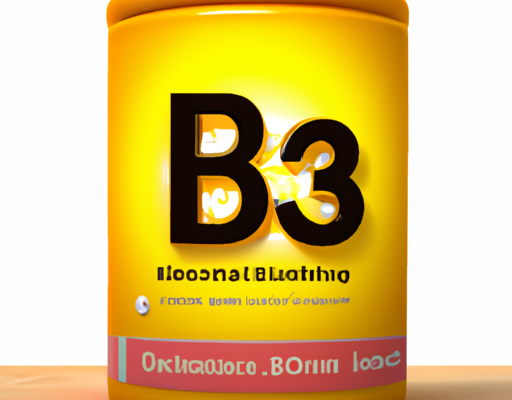Summary
Whiteheads and pustules are two of the most common types of acne. Whiteheads are small, white, raised bumps that appear on the skin and can be caused by clogged pores. Pustules, on the other hand, are larger and more inflamed, with a yellow or white center surrounded by red skin. Both types of acne can cause physical discomfort, irritation, and scarring if not treated properly. Fortunately, there are treatments available that can help reduce the discomfort and reduce the chance of permanent scarring. Understanding the differences between whiteheads and pustules is important in order to properly diagnose and treat each type of acne. With proper care and treatment, you can reduce the risk of further breakouts and help improve the overall appearance of your skin.
Whiteheads
Whiteheads are a type of acne that occur when your pores become clogged with oil, dirt, and bacteria. They appear on the skin as small, white bumps with a central, dark core. Whiteheads can be caused by hormones, certain medications, or a buildup of skin cells. Unlike pustules, they do not contain pus and are usually not painful. To prevent whiteheads, it is important to cleanse your skin regularly, avoid harsh products, and keep your skin moisturized. If whiteheads are already present, they can be treated with topical medications or medicated cleansers. If you experience a lot of whiteheads, you may need to consult a dermatologist for further evaluation.
Pustules
When it comes to health, pustules offer a more serious concern than whiteheads. Pustules are caused by a bacterial infection of the hair follicles, and the enclosed pus is filled with bacteria and dead cells. This infection can cause redness, swelling, and pain in the affected area. If left untreated, the infection can be spread and cause more serious skin problems. Pustules can pose a greater risk to your overall health than whiteheads, as they have the potential to become abscesses, which can be very painful and can also lead to serious health issues.
Difference in size
Most people know that whiteheads and pustules are two different types of acne, but what often confuses many is the size difference between the two. While whiteheads are caused by clogged pores and are very small in size, pustules are larger and have a red base with a white, pus-filled head. It is quite common to think of whiteheads as mini pustules, but they are not the same. Besides size, there is also a difference in texture. Whiteheads typically have a smooth and hard surface, while pustules will have a softer texture due to the presence of the pus. It is also important to note that whiteheads are not as likely to become redder or inflamed as pustules. In most cases, whiteheads can be treated with topical products, while more painful and inflamed pustules may require a consultation with a dermatologist.
Difference in location
Whiteheads, also known as closed comedones, and pustules are types of acne blemishes that are caused by clogged pores. Although both are blemishes, there is a difference in location: whiteheads are generally found at the center of the face, such as on the forehead or nose, and pustules, which are like papules but with a white or yellow-tipped center, are usually located around the mouth, chin, and jawline. Whiteheads are harmless, while pustules can be painful and may be accompanied by inflammation. This is why it is important to understand the difference between these two types of acne blemishes in order to ensure proper skin care and treatment.
Difference in color
When it comes to whiteheads and pustules, there is a distinct difference in color. Whiteheads are a buildup of oil and dead skin cells, and because of the built-up material, they appear as white or yellow-white bumps on the skin. Conversely, pustules have a more reddish hue. This is due mainly to the inflammatory reaction that occurs when bacteria enter the pore; the reaction causes an influx of blood and other fluids to the affected area, resulting in an inflamed and red-colored pustule. Colors aside, it is important to note that whiteheads and pustules are both a form of acne, and should be treated with the same care regardless of their color.
Difference in treatment
When it comes to treating whiteheads and pustules, the approach taken is quite different. Whiteheads are treated with mild cleansers and topical retinoids to help keep the pores open and reduce the likelihood of clogged pores. Pustules, however, require more aggressive treatment in order to reduce inflammation and prevent new pimples from forming. This can include antibiotics, topical retinoids, and even oral medications. Additionally, avoiding certain foods, such as dairy products, can help reduce the risk of developing pustules. While both whiteheads and pustules require careful treatment and monitoring, the treatments used for each type of pimple are quite different.
Conclusion
In conclusion, it is important to understand the differences between whiteheads and pustules in order to identify and treat each condition properly. Whiteheads are small, white spots that form when pores become clogged, while pustules are larger, reddish-white spots that are caused by a bacterial infection. Both conditions can be treated with skincare products, such as cleansers and exfoliants, as well as with topical and oral medications. In some cases, it may be necessary to seek professional medical advice if the condition persists or worsens. Ultimately, by understanding the differences between whiteheads and pustules, individuals can identify and treat each condition properly and achieve healthier, better-looking skin.





No Comments